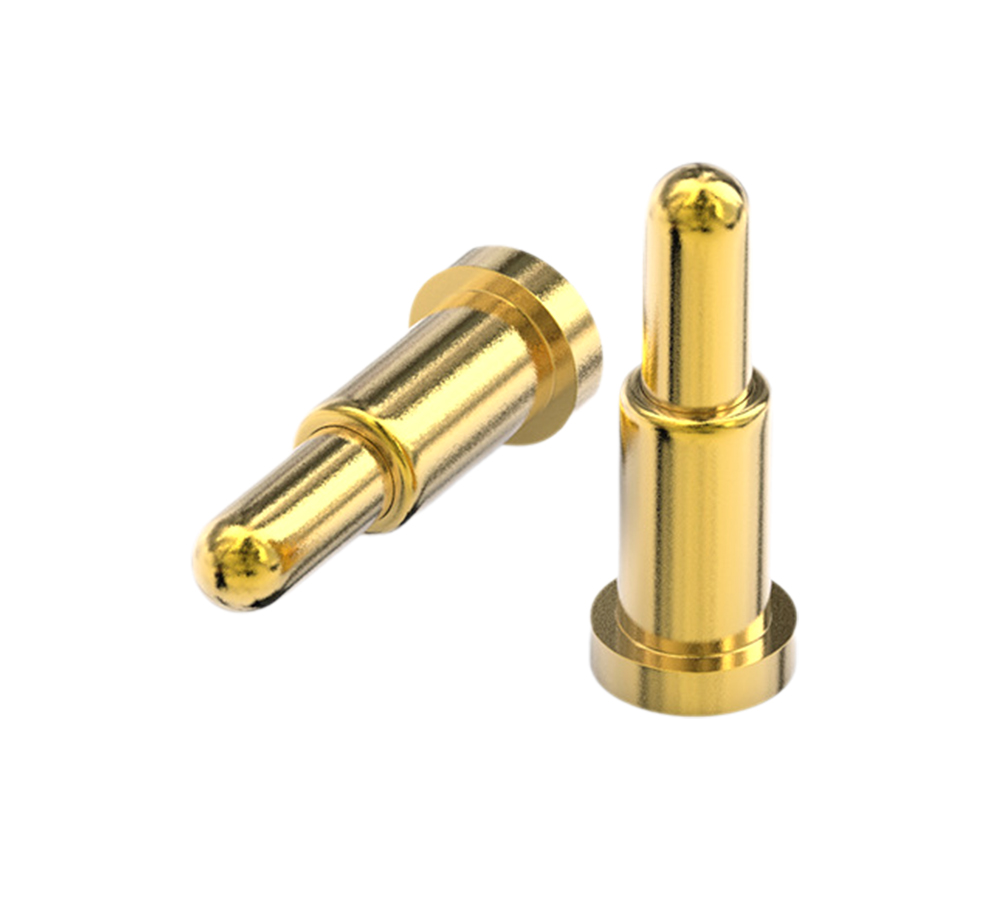Time:2025-05-17 Views:1 source:News

Spring fatigue testing of Pogo Pins is essential to evaluate their long - term reliability and performance under repeated mechanical stress, ensuring that they can withstand the expected number of mating and unmating cycles in practical applications.
The testing process typically involves subjecting the Pogo Pins to a specified number of mating and unmating cycles. A specialized testing machine is used to simulate the actual mating process, applying a controlled force and stroke to the Pogo Pin. During each cycle, the spring inside the Pogo Pin is compressed and then released, mimicking the real - world usage scenario. The number of cycles for testing is determined based on the application requirements. For example, in consumer electronics where the Pogo Pin may be mated and unmated hundreds or thousands of times during the product's lifespan, the testing may involve 5,000 - 10,000 cycles or more.
During the spring fatigue testing, several parameters are monitored to assess the performance of the Pogo Pin. The spring force is a critical parameter. As the spring undergoes repeated compression and extension, its force may gradually decrease due to fatigue. By continuously measuring the spring force throughout the testing process, any significant reduction can be detected. A decrease in spring force can lead to poor electrical contact, as the pressure between the Pogo Pin and the mating surface is reduced. If the spring force drops below a specified threshold, it indicates that the Pogo Pin may no longer be reliable for use.
In addition to the spring force, the contact resistance of the Pogo Pin is also closely monitored. An increase in contact resistance during the fatigue testing may suggest that the mechanical integrity of the contact interface is being compromised. This could be due to wear on the plating, deformation of the plunger, or changes in the spring's behavior. By regularly measuring the contact resistance, potential failures can be predicted, and the performance degradation of the Pogo Pin can be evaluated.
After the specified number of cycles, the Pogo Pins are visually inspected for any signs of physical damage, such as cracks in the spring, deformation of the plunger or barrel, or wear on the plating. Microscopic examination may also be performed to detect any internal defects or material degradation that are not visible to the naked eye. These visual and microscopic inspections provide valuable information about the overall condition of the Pogo Pin and help in determining its service life and reliability.
The results of spring fatigue testing are used to optimize the design and manufacturing process of Pogo Pins. If a particular design or material shows premature fatigue failure during testing, engineers can make adjustments, such as changing the spring material, modifying the spring design, or improving the plating process, to enhance the durability and performance of the Pogo Pins.
Read recommendations:
High speed signal Magnetic PogoPin
Quick insertion and removal of pogopin
CCS1 to Tesla charging gun adapter terminal
Cost - effectiveness analysis of National standard crown spring